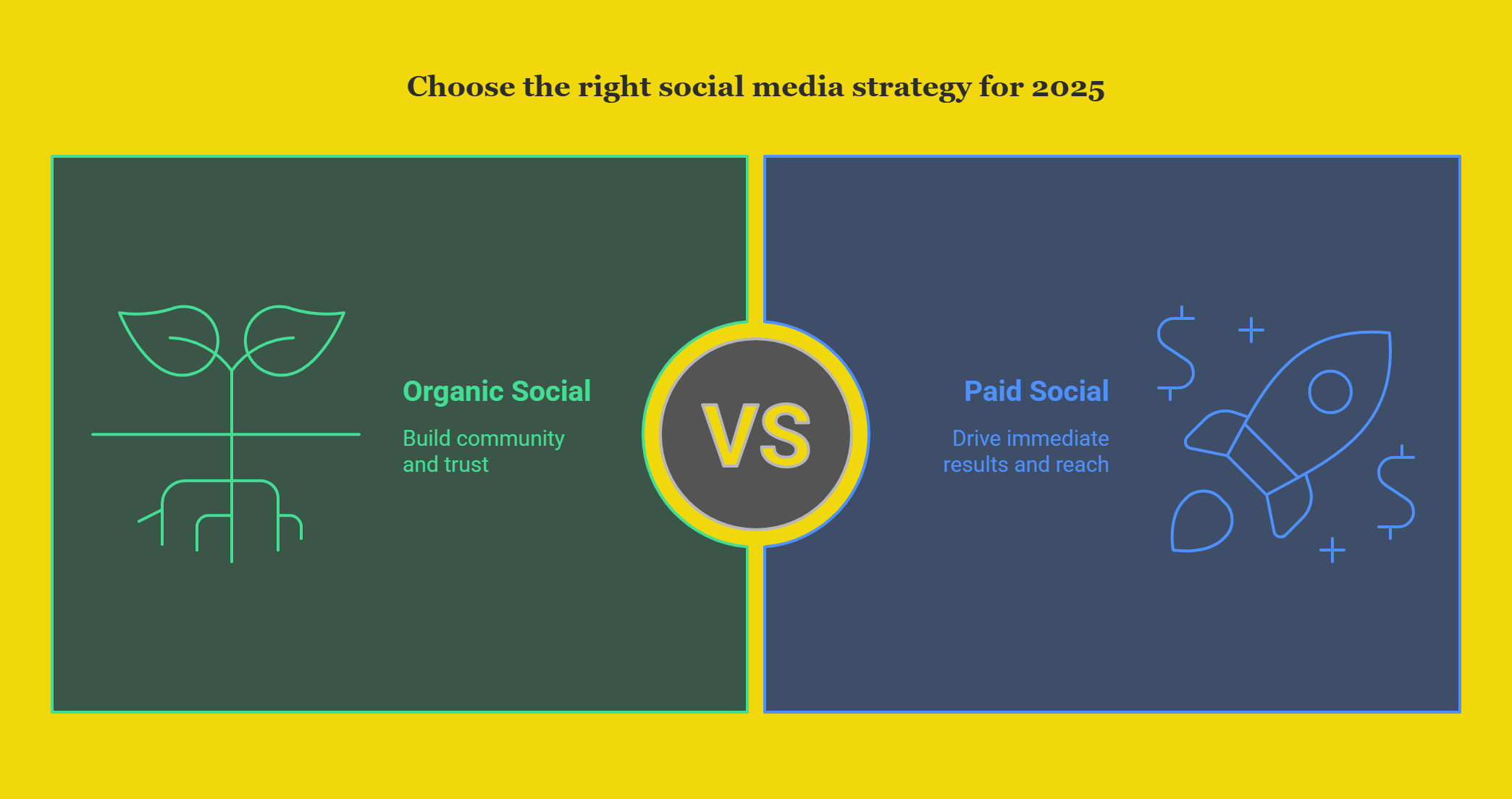I hope you enjoy reading this blog post.
If you want to get more traffic, Contact Us

Click Here - Free 30-Minute Strategy Session
Be quick! FREE spots are almost gone for this Month. Free Quote

By 2025, social media has evolved into a more personalised and algorithm-driven ecosystem, with platforms prioritising user engagement through tailored content. Emerging networks, such as decentralised platforms, coexist alongside established giants, reshaping how businesses and users interact. Privacy regulations and ethical advertising practices increasingly influence platform policies, altering promotional strategies for companies.
The lines between organic and paid content blur further as social networks enhance native advertising options. Meanwhile, advancements in artificial intelligence and machine learning automate and optimise content delivery. Users demand authenticity, thereby favouring brands with strong storytelling and value-driven messages. These dynamics compel marketers to refine their approaches, balancing reach with resonance.

Click Here – Free 30-Minute Strategy Session
Be quick! FREE spots are almost gone for this Month
Organic social media refers to the unpaid, natural interactions users have with content. It prioritises building authentic connections and trust between brands and their audience.
Strategic application ensures the best use of resources alongside paid efforts.
Paid social media allows businesses to amplify their content and target audiences with precision. Advertisers can use demographic, behavioural, and interest-based targeting to reach specific consumer segments. Platforms like Facebook, Instagram, and LinkedIn offer advanced analytic tools, enabling companies to monitor returns on investment effectively.
Key features of paid social campaigns include:
Paid ads also adapt well to seasonal trends, offering flexibility for promotions. The integration of features like A/B testing helps optimise campaign messages. This blend of data-rich insight and agility makes paid social media indispensable in modern digital marketing strategies.
Organic and paid social media strategies differ significantly in their operation, purpose, and outcomes. Organic strategies involve building relationships and fostering engagement through unpaid posts, comments, and interactions. They focus on long-term audience trust and loyalty, allowing brands to create authentic connections.
Paid strategies, conversely, involve direct expenditure on ads or promotions for immediate results. These include targeted campaigns with clear objectives like driving conversions, increasing reach, or promoting specific offers.
While organic strategies require consistent effort over time, paid approaches deliver quick visibility but rely on budget sustainability. Combining them effectively ensures reaching broader audiences while nurturing brand affinity through authentic engagement.
Balancing organic and paid social efforts requires understanding their distinctive strengths. Organic social media fosters long-term engagement and builds community trust, offering authentic interaction with audiences over time. Paid social, on the other hand, provides targeted outreach, allowing brands to reach specific demographics quickly and scale campaigns effectively.
To combine the strategies effectively:
A dynamic approach, leveraging real-time metrics, ensures both strategies complement each other seamlessly.
When assessing organic and paid social performance, utilising metrics is crucial for understanding impact and ROI. Both strategies rely on distinct KPIs to measure success.
A thorough comparison of these metrics reveals performance trends and strategic alignments.
Paid advertising should be considered when brands aim to target specific demographics quickly or amplify campaigns for short-term objectives. It is crucial when launching new products, tapping into new markets, or boosting time-sensitive promotions. Brands can leverage detailed audience targeting tools, ensuring their budget drives measurable results.
Assessing metrics like cost per click (CPC), customer acquisition cost (CAC), and return on ad spend (ROAS) helps evaluate cost-effectiveness. Investing in platforms with proven ROI—such as Facebook Ads for targeted engagement or Google Ads for search traffic—can optimise expenditure. Regular performance analysis ensures campaigns stay aligned with strategic goals and budget constraints.
Maximising organic reach requires a combination of strategic content creation and audience engagement. Consistency in posting high-quality, relevant content ensures followers stay engaged. Leveraging platform-specific features, such as Instagram Reels or LinkedIn articles, broadens content visibility.
Building community fosters organic traffic; brands can achieve this by responding to comments, initiating meaningful conversations, and encouraging user-generated content. Partnering with influencers or industry leaders for co-created content expands reach without requiring ad spend.
Utilising appropriate hashtags tailored to the target audience elevates content discoverability. Regularly analysing insights helps identify top-performing posts, enabling continuous optimisation of engagement strategies. This proactive approach fuels sustained growth without relying on paid promotions.
As social platforms evolve, businesses will likely shift towards hyper-personalised content powered by AI and machine learning. Algorithms will increasingly prioritise relevance, making user-specific targeting essential. Collaboration with micro-influencers may dominate over traditional celebrity endorsements due to their authentic engagement.
Augmented reality (AR) and virtual reality (VR) integration may redefine social media interactions, enabling immersive brand experiences. Blockchain technology could enhance transparency in paid advertising and user data management. Social commerce is expected to expand further, blending seamless shopping with storytelling.
Businesses may need agile strategies to adapt to these innovations, balancing organic efforts with evolving paid approaches.
Developing a harmonised strategy intertwines the strengths of both organic and paid social media approaches. Brands should evaluate their objectives, audiences, and resources to design tailored campaigns that maximise impact. Organic efforts excel in building trust, fostering community, and driving sustained engagement. Paid strategies offer precise targeting, scalability, and measurable results.
To balance these efforts, companies must identify critical touchpoints where organic and paid efforts complement each other. Regular analysis of performance metrics ensures adaptability and optimises success. By following a strategic framework, businesses can leverage both approaches, ensuring cohesion and long-term growth in fast-evolving social ecosystems of 2025.

LEAVE A REPLY